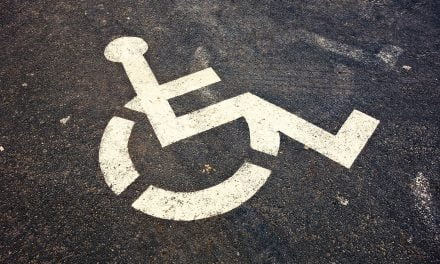This is the first episode in our new video series dramatizing improvements on real estate which extend onto real estate belonging to another person without their consent. Stay tuned each week for the latest installment.
Boundaries violated and hardships balanced
An encroachment
Consider the owner of a parcel of real estate. Shortly after their purchase, the owner discovers the garage on their neighbor’s property extends two feet over the boundary line onto the owner’s property.
The owner demands the neighbor remove the encroachment. When the neighbor refuses, the owner seeks to compel the neighbor’s removal of the portion of the garage which encroaches on the owner’s property.
The neighbor claims the owner is not entitled to a removal of the improvement due to evidence that:
- the encroachment was unknown and unintentional;
- the square footage of the owner’s property affected by the encroachment is minor; and
- the cost to remove the garage far exceeds the monetary loss to the owner if the encroachment were allowed to continue.
May the owner obtain a court order forcing the removal of the encroaching garage, called an injunction?
No! The encroachment is unintentional and minor in its effect on the burdened owner. Thus, the burden to the owner does not justify ordering the neighbor to undertake an expensive reconstruction activity.
Instead, the owner is awarded money losses representing the rental value for the lost use of their property, and the neighbor is granted an easement over the owner’s property for the life of the garage. [Christensen v. Tucker (1952) 114 CA2d 554]
Further, for the neighbor to be allowed to maintain the encroachment, the neighbor must have acted in good faith when building the improvements. This means the neighbor needs to have constructed the improvements without knowledge they encroached on the owner’s property. If not, the owner is entitled to an injunction forcing the removal of the encroaching structure –no matter how minor the encroachment.
Rights affected
Besides the fee owner of real estate, others may seek to stop an encroachment. Any person holding rights in real estate may protect those rights against outside interference. Thus, the rights affected by an encroachment include:
- leasehold interests [Brown Derby Hollywood Corporation v. Hatton (1964) 61 C2d 855];
- deed restrictions, such as limitations on the height of improvements [Seligman v. Tucker (1970) 6 CA3d 691];
- setback requirements;
- easements [City of Dunsmuir v. Silva (1957) 154 CA2d 825]; and
- prescriptive easements. [Warsaw v. Chicago Metallic Ceilings, Inc. (1984) 35 C3d 564]
For instance, an owner uses a strip of their neighbor’s property for access to a commercial building located on the owner’s property. After the owner uses the strip for more than five years, the neighbor constructs a warehouse on the strip of land, restricting the owner’s access to their building.
Here, the owner’s use of the strip of their neighbor’s land matured into an easement by prescription. Thus, the owner is able to obtain an injunction against the warehouse improvements as they encroach on the owner’s easement rights. [Warsaw, supra]














